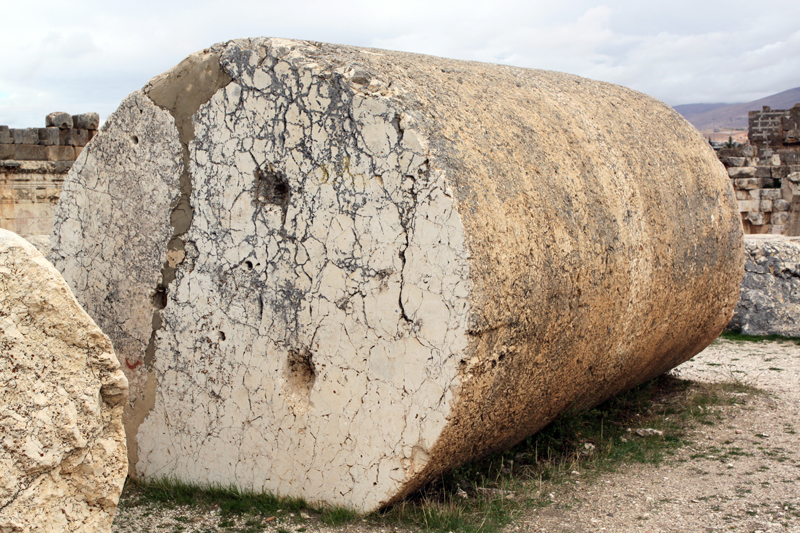Even the Romans had thought about how to keep their buildings draining effectively. This photo of teh Pantheon in Rome shows drainage holes in the marble flooring.
But what if you just need to keep your drains in tip top condition without the luxury of marble!
What to do if tree roots are affecting your drains.
Plant roots will always seek out moisture and nutrients in soil. Leaking pipes will therefore always be a problem, but in addition, the flow of warm water inside underground pipes causes condensation or vapour in the cooler soil surrounding the pipe, acting as a magnet for the roots. Once the tree roots reach the crack or loose joint, they will grow through the opening to reach the plentiful nutrients and moisture inside and continue to grow inside the pipe, eventually blocking it completely, or contributing to blockage caused by normal household debris.
Know the Warning Signs
All drains block at some point and for infrequent clogs, there are easy solutions to clear a drain that most homeowners can try. However, if clogged drains is becoming a regular occurrence, it may be a sign of a bigger problem.
The first sign of a problem can be slow flowing drains or gurgling noises from drainage outlets inside the house (toilet bowls, sinks etc). If root growth is allowed to continue it will eventually break the pipes completely under pressure.
As a homeowner, you should be aware of the location of the sewer arm on your property and be vigilant in the type of planting in these areas. Limit the number of larger trees or shrubs or place them further form the utility lines. If you are forced to plant near the sewers, choose slow-growing trees with a small root ball.
So what can you do once you have identified you have tree roots in your pipes?
Once roots are in your pipes they will almost always lead to an eventual blockage. The best way to prevent this is to schedule regular by removing roots using augers, root saws, and high-pressure flushers. It is also important to keep your pipework structurally sound as even the smallest structural defect can allow roots a way in.
If you suspect a problem, call a plumber to have the drain and sewer lines inspected. A plumber can inspect your drainpipes by running a camera probe through them to locate damaged areas. Once the inspection is complete, the plumber will make recommendations. For areas with major tree-root damage, the lines may need to be replaced.
